OUTLINE
- INTRODUCTION
- SYMPTOMS
- TREATMENT
- CAUSES
- PREVENTION
INTRODUCTION
Every one of us is familiar with headaches. But depending on which part of the head is aching, they are classified into various types like migraine, tension, exertion, hormone, cluster, hypertension, sinus headaches, and so on.
Here, specifically talking about sinus headache refers to a condition where you face severe pain around the eyes, ears, cheek, and nose.
HOW DOES THIS PAIN OCCUR?
Naturally, our face is constructed with 4 pairs of paranasal sinus cavities placed around our nose, eyes, and cheek.
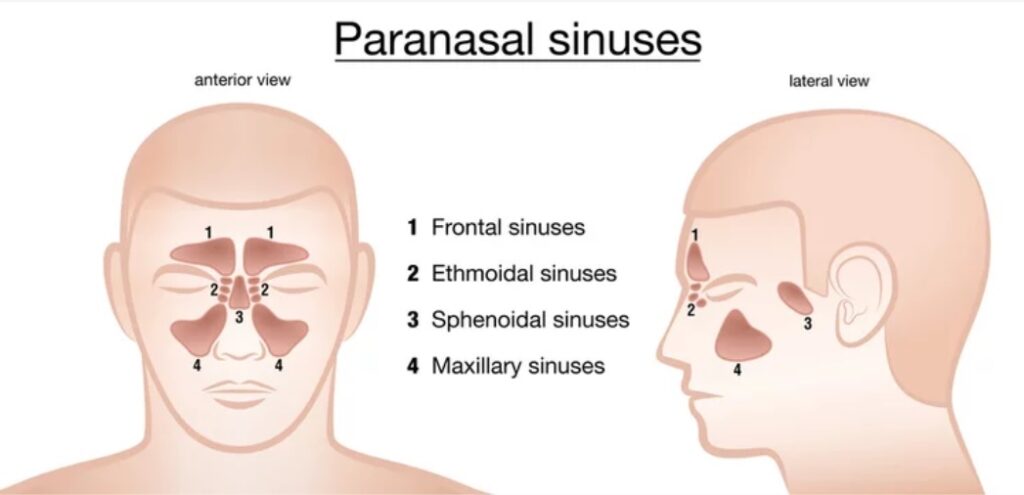
They are —
1) FRONTAL SINUS (located in the region of FOREHEAD)
2) MAXILLARY SINUS (located in the region of CHEEK BONES/FACE)
3) ETHMOID SINUS (located in the region of NOSE)
4) SPHENOID SINUS (located in the region of the CENTER OF THE HEAD)
All these four pairs of sinuses open to the nasal passage of the respiratory system through their narrow recess or passage or openings.
When we breathe, the air entering our nasal passage from the outside environment is definitely not filtered, or it is not completely pure. Thus, the nostrils present in our nose tend to catch hold of the maximum amount of bacteria and other microorganisms and prevent them from entering our body system.
Now, the sinuses make thin mucus fluid that enters the nose, where it neutralizes these bacteria and washes them out.
But in certain cases, when a person happens to —–
- Inhale any particles/pollens/smell that they are allergic to (ALLERGENS), or
- If they have a nasal infection (be it viral, bacterial, or fungal) or
- Improper structure of the nose or due to various other reasons,
these lead to the sinuses getting triggered, and because of this, the mucosal lining inside these sinus cavities also gets swollen.
This swelling inside the sinus cavities will eventually block their narrow openings. This is when, though the sinus continues to produce mucus, it has no way to go out and reach the nasal passage. So eventually, the mucus gets built up in the sinus itself and leads to the growth of various bacteria that will worsen the condition. Such a sinus infection is called Sinusitis.
SYMPTOMS OF SINUSITIS HEADACHE
Apart from headache, there are other symptoms also that one should know if he or she is suffering from sinusitis –
1) Stuffiness in the nose
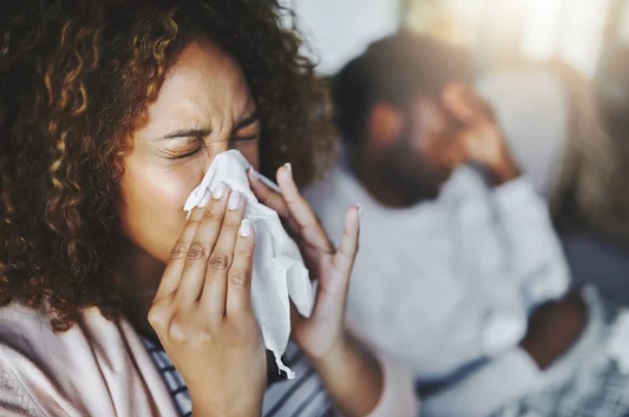
2) Runny nose
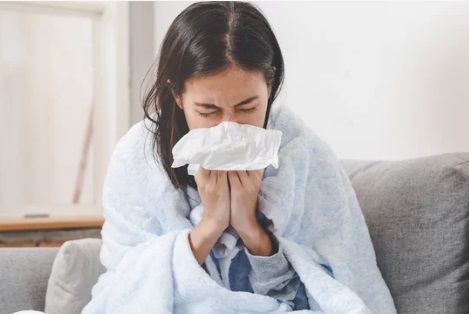
3) Not being able to sense any smell

4) Green or yellow-colored mucus discharge from the nose
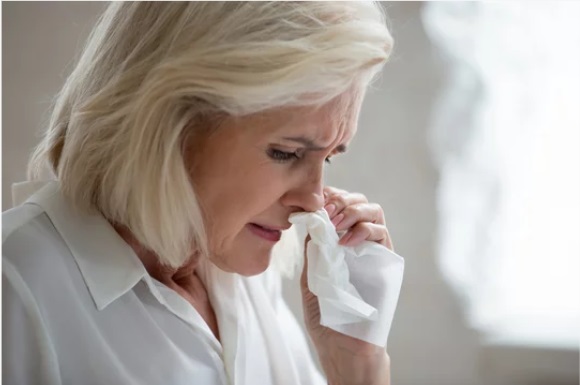
5) Pressure and heaviness behind the forehead, around the eyes, nose, and cheek
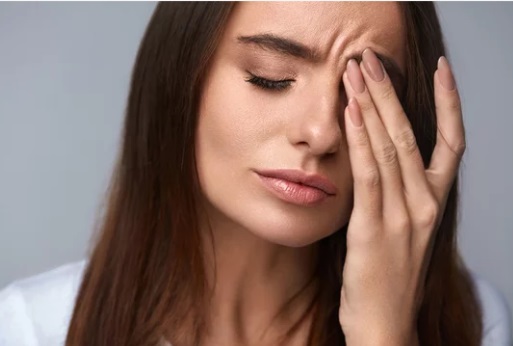
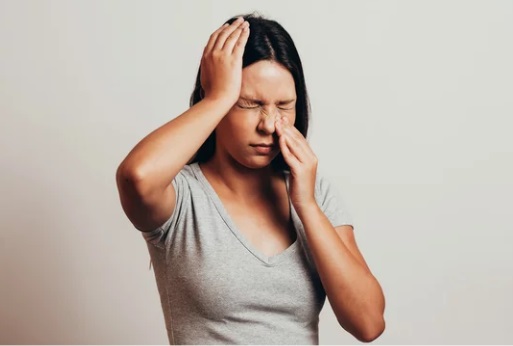
6) Nerve-wracking pain when we lean toward the front

7) Fever
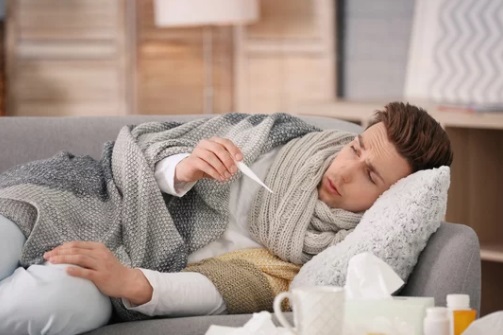
8) Giddiness

9) Pain in the upper jaw

10) Redness and swelling on the cheeks, nose, and forehead because of the infection.
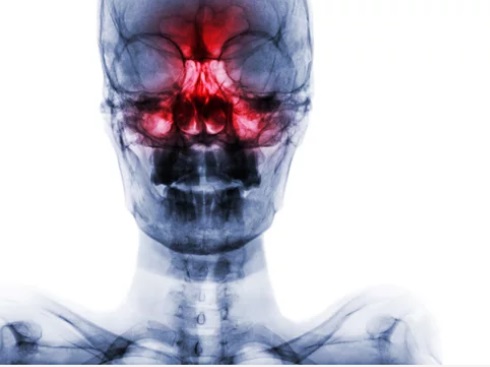
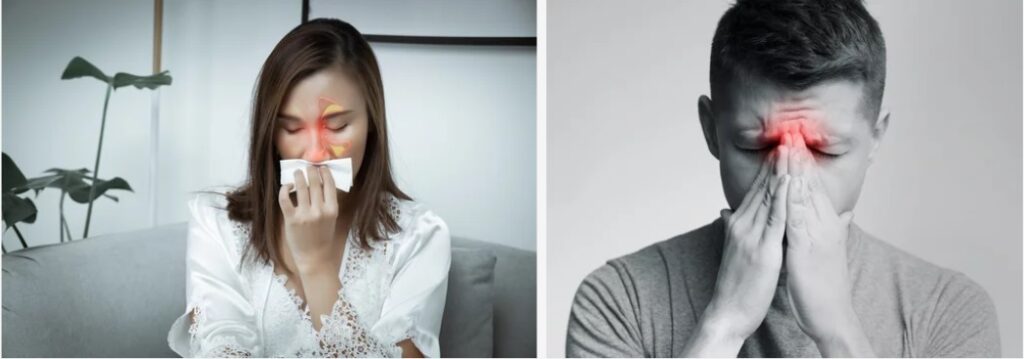
CAUSES OF SINUSITIS HEADACHE
1) Viral infection
2) Bacterial infection
3) Fungal infection
All the above-mentioned infections start at the nose and spread to the sinuses.
4) Allergies due to allergens (for example, food, flowers, fragrance, pollen grains, animals, etc).
5) Improper structure of the nose or septum by birth or due to some accident like Deviated nasal septum (DNS), septal spur, concha bullosa, paradoxical middle turbinate, hypertrophied or medially bent uncinate process, etc.
6) Side effects of chemotherapy are accompanied by a drop in the immune system.
7) Cystic fibrosis is a condition of a genetic mutation that increases the thickness of mucus in the lungs and interprets their daily function.
8) Malpractices like consuming tobacco and cocaine or smoking.
9) Inhaling polluted smoke.
TREATMENT OF SINUSITIS HEADACHE
(1) HOME REMEDIES
Since sinusitis (sinus infection) causes a thick mucus build-up in the sinus cavities, we can initially try out certain home remedies which will help in thinning this mucus and also relieves the blocked sinus openings. By this, we can easily get rid of the retained mucus and eventually the infection as well.
A few such home remedies are:
(a) Using a humidifier
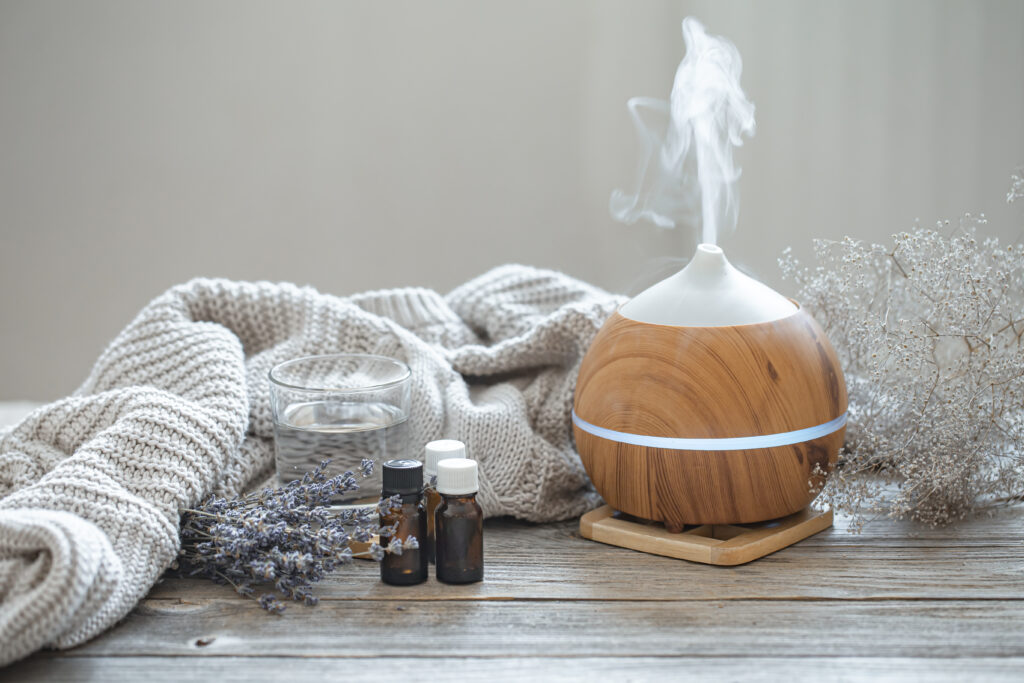
(b) Running saline water from one side of the nose and letting it out from the other. This salinity helps in killing the bacteria and reducing inflammation.
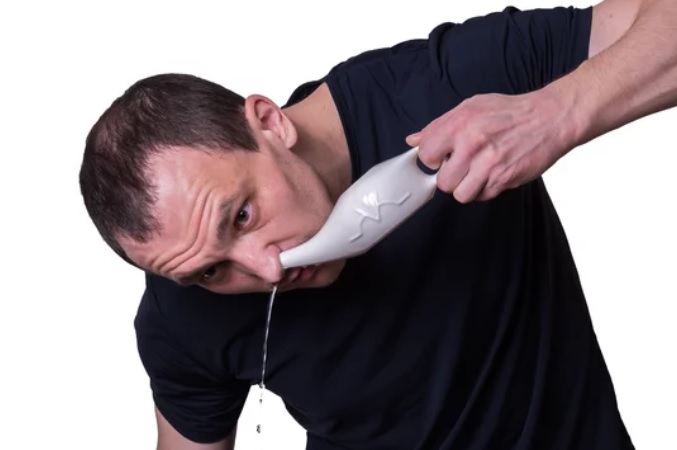
(c) Steam Inhalation

(2) OTC
OTC meaning “over the counter” medicines are those medicines that are safe and are basically painkillers.
These medicines are given during the initial stages of treatment as they give instant but short-term relief from pain, headache, and fever.
But however, they do not act to cure the infection or reduce the swelling. Therefore, it is not considered a cure for sinus; instead, they are just temporary painkillers, and some of them are:-
(a) Analgestics – Ibuprofen, Acetaminophen
(b) Decongestants – Pseudoephedrine
(c) Topical decongestants – Oxymetazoline, Xylometazoline
(3) OTHER MEDICATIONS
Other medicines that are possibly prescribed by the doctors are:-
(a) Anti-allergic tables – antihistamines, corticosteroids
(b) Mucolytics to dissolve mucus
(c) Decongestants
(4) ALTERNATIVE TREATMENTS
(a) Bromelain
(b) Stinging nettle (Urtica dioica) and so on
Note: all the above medicines are to be consumed only on the doctor’s recommendation.
PREVENTION OF SINUSITIS HEADACHE
- Avoid getting in contact with allergens
- Eating healthy
- Breathing exercise
- Avoid smoking, consuming tobacco and cocaine
- Reduce air pollution
- Build immunity
- Nasal surgery called BALLOON SINUPLASTY can prevent sinus to a large extent.
THANK YOU
MEDICAL ADVICE DISCLAIMER:
This blog, including information, content, references, and opinions, is for informational purposes only.
The Author does not provide any medical advice on this platform.
Viewing, accessing, or reading this blog does not establish any doctor-patient relationship.
The information provided in this blog does not replace the services and opinions of a qualified medical professional who examines you and then prescribes medicines.
And if you have any questions of medical nature, please refer to your doctor or qualified medical personnel for evaluation and management at a clinic/hospital near you.
The content provided in this blog represents the Author’s own interpretation of research articles.
